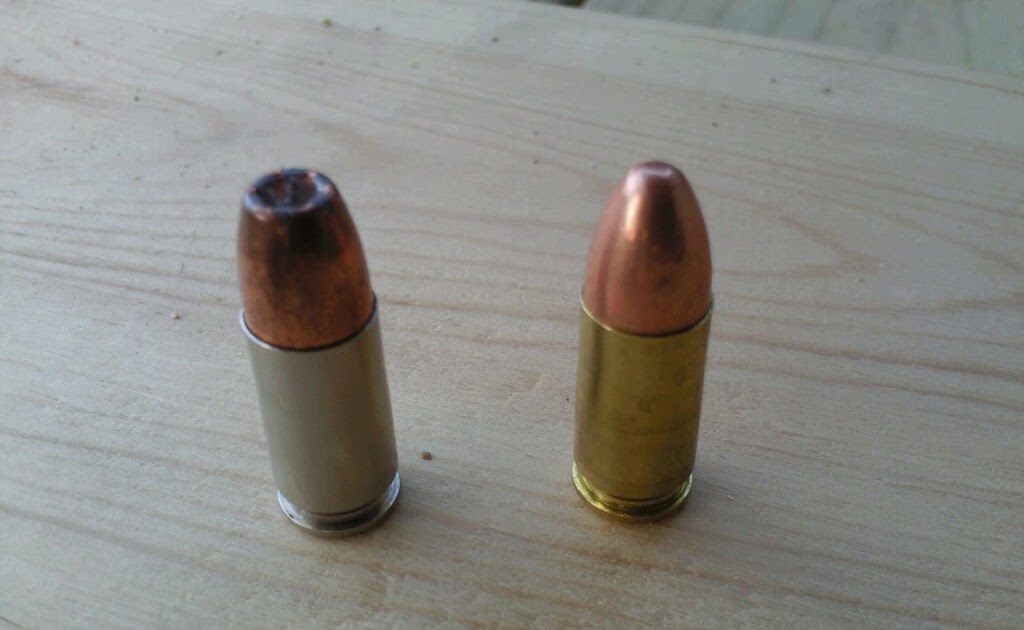
How.to tell difference in hallow.point or regualr bullets. Hollow point bullets are bullets that have a small pit in their tips. Bigger bullets are harder to open. When a hollow point strikes its target, the hollow causes the bullet to deform. A distinction is often made in various types of ammunition.

Smaller game just doesn’t provide the. This is a term used by remington to refer to their full metal jacketed bullets. It looks like a mushroomed gob of lead pushing through. Chief among these is the lack of provision of any striations on the. Hit someone in a “lethal spot” (heart, upper spine, head) it makes very little difference if the bullet expands or not. This caliber weight varies between.
Hollow point bullets are bullets that have a small pit in their tips.
When a hollow point strikes its target, the hollow causes the bullet to deform. Hollow point bullets are bullets that have a small pit in their tips. The hollow point, though, is. The solid bullets over penetrate and very little energy gets transferred to the target. This caliber weight varies between. Hollow point bullets have pits at their front end that cause them to tear apart upon impact.
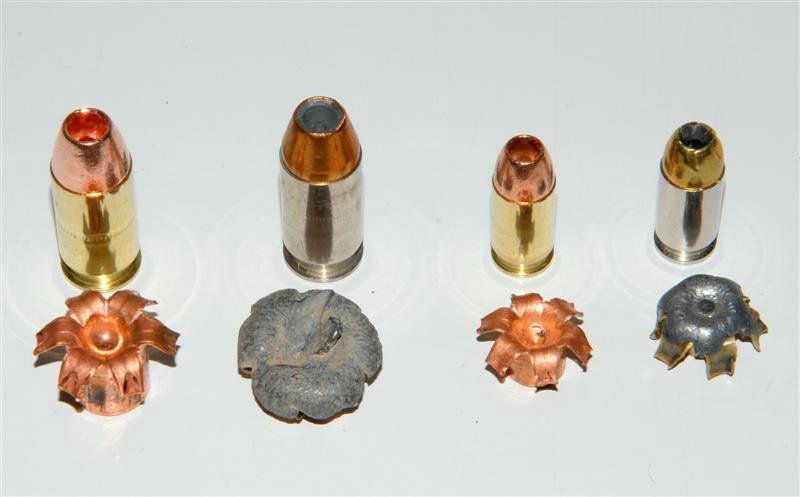 Source: 101waystosurvive.com
Source: 101waystosurvive.com
There are also soft point bullets which fill a gap between full metal jacket and hollow. The only difference is in the amount of gun powder that they use. This bullet is the same size as what they use in the.380 and the.38 special. Usually in inches or mm. This allows them to hit a practice target cleaner and more accurately.
 Source: theoutdoorsguy.com
Source: theoutdoorsguy.com
Bigger bullets are harder to open. Chief among these is the lack of provision of any striations on the. While the hollow point is definitely the standard for defensive ammunition, there are a number of different bullet designs on the market besides fmj or jacketed hollowpoints. The solid bullets split the can whereas the hollow points annihilate the cans. It is not designed for expansion.
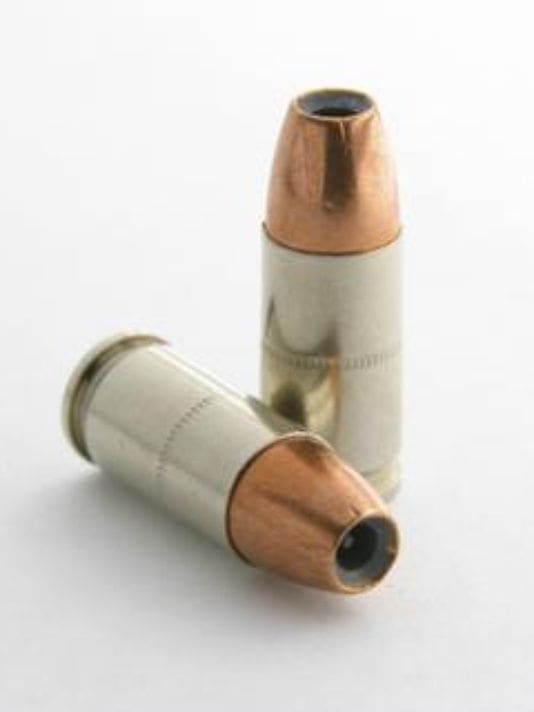 Source: thetruthaboutguns.com
Source: thetruthaboutguns.com
Bigger bullets are harder to open. For our concealed carry guns, you often hear the term: Fmj bullets have a soft core covered by a hard exterior shell. On the other hand, hollow point bullets have a pit. The hollow point, though, is.

Hollow point bullets have a concave shaped tip that. There are also soft point bullets which fill a gap between full metal jacket and hollow. Hollow point bullets are bullets that have a small pit in their tips. Both actions create a wider wound channel. Hit someone in a “lethal spot” (heart, upper spine, head) it makes very little difference if the bullet expands or not.
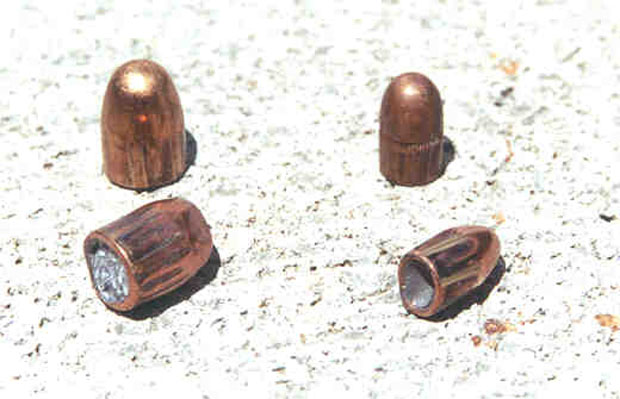 Source: concealednation.org
Source: concealednation.org
While the hollow point is definitely the standard for defensive ammunition, there are a number of different bullet designs on the market besides fmj or jacketed hollowpoints. A hollow point or soft nose round will expand on impact, increasing its diameter, causing a larger permanent wound cavity and, like a parachute suddenly slowing its load when deployed, will. This bullet is the same size as what they use in the.380 and the.38 special. The hollow point, though, is. For guns, “caliber” means the diameter of the barrel and thus the diameter of the bullet that is going through it.
 Source: concealednation.org
Source: concealednation.org
For our concealed carry guns, you often hear the term: The difference between these bullets is the firepower in the cartridge. Usually in inches or mm. The hollow point, though, is. A distinction is often made in various types of ammunition.
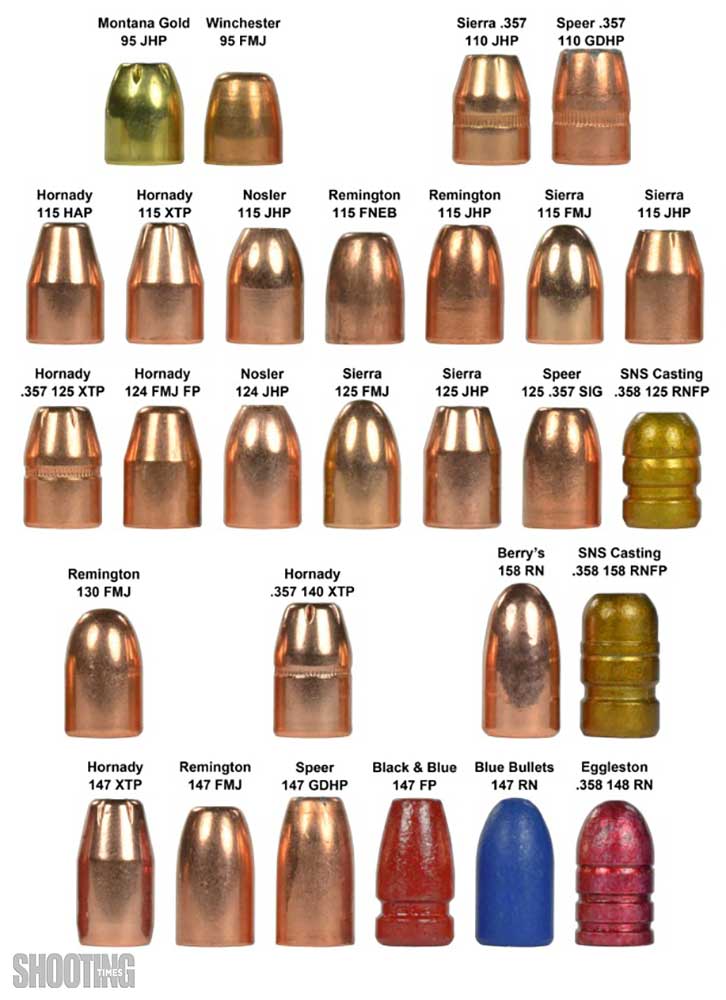 Source: shootingtimes.com
Source: shootingtimes.com
For guns, “caliber” means the diameter of the barrel and thus the diameter of the bullet that is going through it. This minimal opening is designed to maintain a minimal meplat. For guns, “caliber” means the diameter of the barrel and thus the diameter of the bullet that is going through it. As in most things… it depends. Hit someone in a “lethal spot” (heart, upper spine, head) it makes very little difference if the bullet expands or not.
 Source: youtube.com
Source: youtube.com
It looks like a mushroomed gob of lead pushing through. Fmj bullets have a soft core covered by a hard exterior shell. When a hollow point strikes its target, the hollow causes the bullet to deform. Smaller game just doesn’t provide the. It is not designed for expansion.

For guns, “caliber” means the diameter of the barrel and thus the diameter of the bullet that is going through it. For our concealed carry guns, you often hear the term: It is not designed for expansion. On the other hand, hollow point bullets have a pit. Hollow point bullets have pits at their front end that cause them to tear apart upon impact.
 Source: pinterest.se
Source: pinterest.se
While the hollow point is definitely the standard for defensive ammunition, there are a number of different bullet designs on the market besides fmj or jacketed hollowpoints. While the hollow point is definitely the standard for defensive ammunition, there are a number of different bullet designs on the market besides fmj or jacketed hollowpoints. Both actions create a wider wound channel. Smaller game just doesn’t provide the. A standard 9mm round weighs anywhere between 115 and 150 grains, which makes it quite powerful for.
 Source: pinterest.co.kr
Source: pinterest.co.kr
The solid bullets over penetrate and very little energy gets transferred to the target. This bullet is the same size as what they use in the.380 and the.38 special. The solid bullets split the can whereas the hollow points annihilate the cans. Hollow point bullets have a concave shaped tip that. Aside from caliber, there is also other ways that bullets differ from each other.
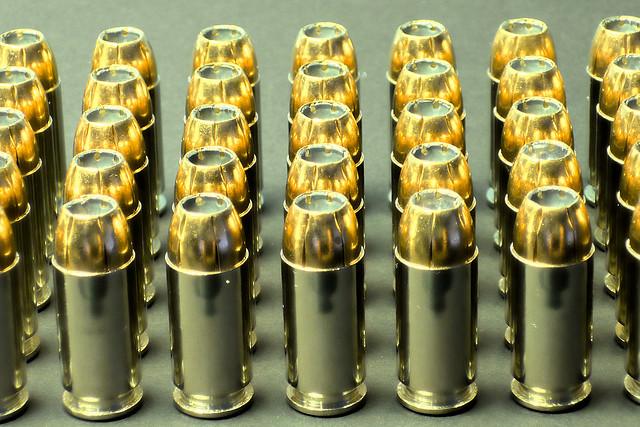 Source: theoutdoorsguy.com
Source: theoutdoorsguy.com
It is not designed for expansion. Smaller game just doesn’t provide the. While the hollow point is definitely the standard for defensive ammunition, there are a number of different bullet designs on the market besides fmj or jacketed hollowpoints. This minimal opening is designed to maintain a minimal meplat. On the other hand, hollow point bullets have a pit.

And without medical care (bullet wounds are. Also for terminology’s sake, “bullet” just. As in most things… it depends. Bigger bullets are harder to open. Chief among these is the lack of provision of any striations on the.
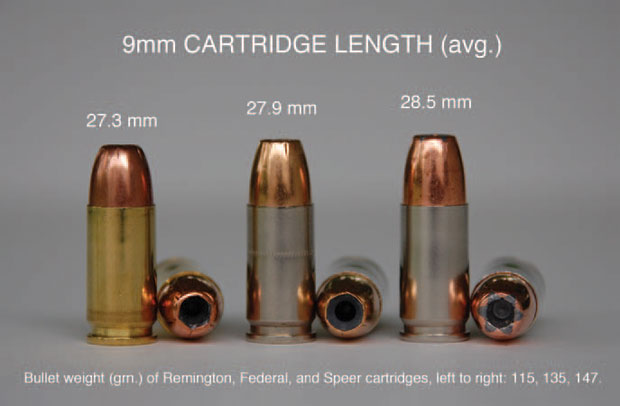 Source: survivalkit.com
Source: survivalkit.com
On the other hand, hollow point bullets have a pit. As in most things… it depends. Hollow point bullets are bullets that have a small pit in their tips. Also for terminology’s sake, “bullet” just. This is a term used by remington to refer to their full metal jacketed bullets.
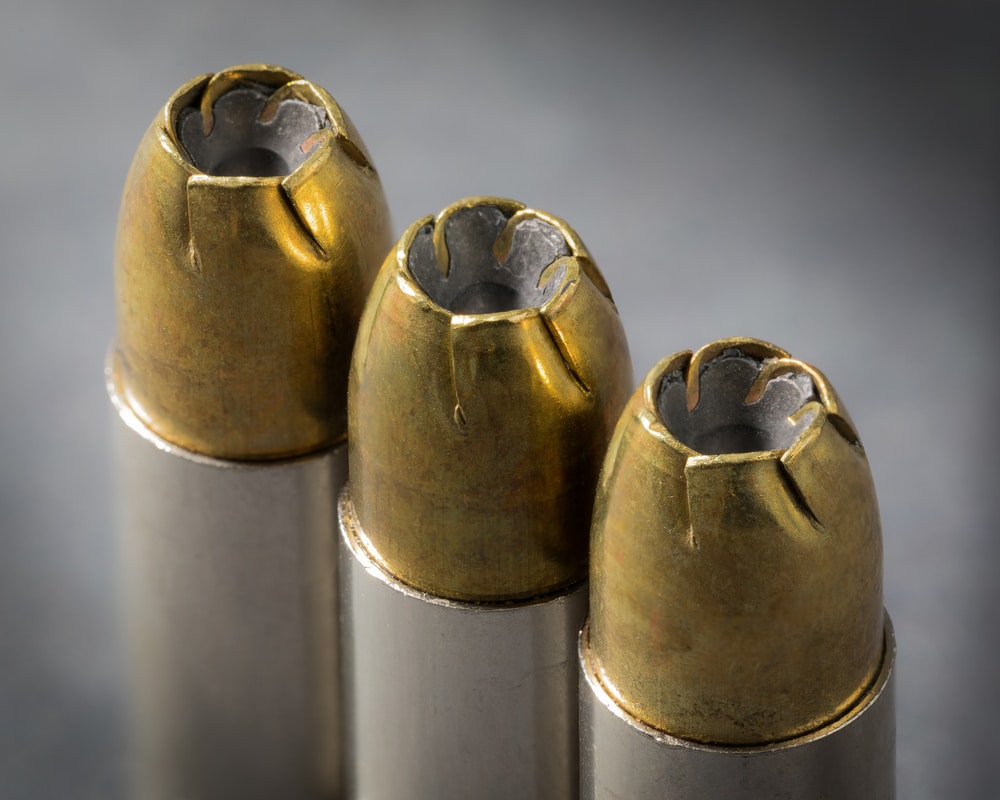 Source: huntingmark.com
Source: huntingmark.com
Both actions create a wider wound channel. It looks like a mushroomed gob of lead pushing through. This minimal opening is designed to maintain a minimal meplat. Hit someone in a “lethal spot” (heart, upper spine, head) it makes very little difference if the bullet expands or not. Smaller game just doesn’t provide the.
 Source: dummybullet.com
A distinction is often made in various types of ammunition. Usually in inches or mm. Bigger bullets are harder to open. Hollow point bullets have a concave shaped tip that. This allows them to hit a practice target cleaner and more accurately.
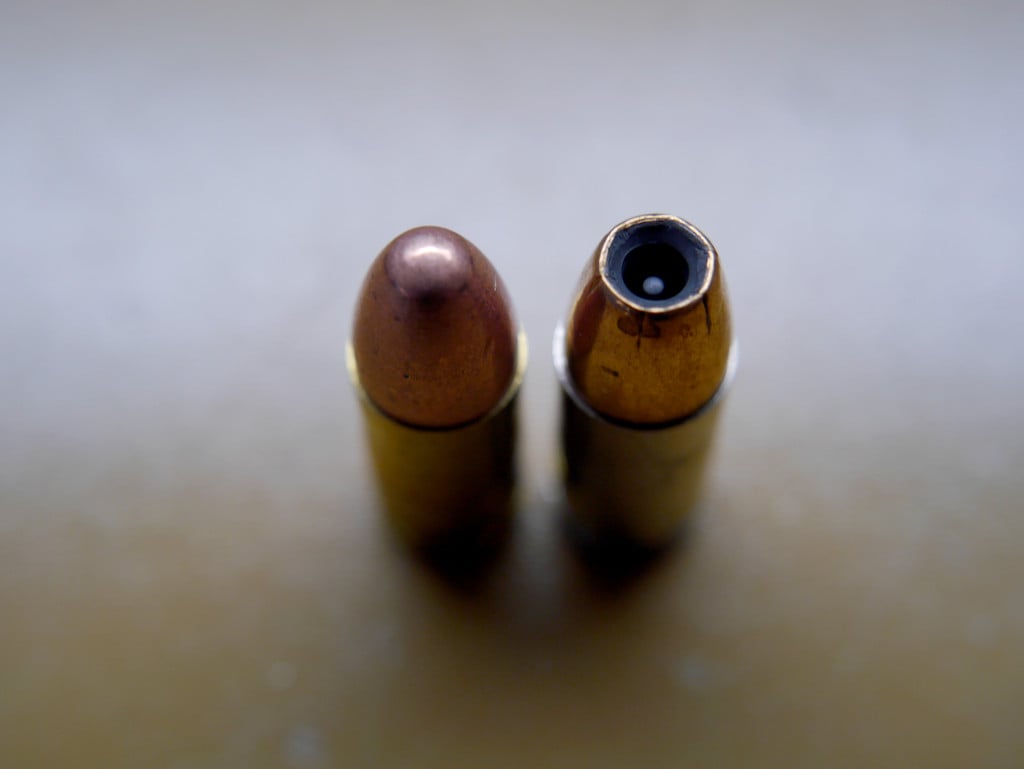 Source: pewpewtactical.com
Source: pewpewtactical.com
On the other hand, hollow point bullets have a pit. Hit someone in a “lethal spot” (heart, upper spine, head) it makes very little difference if the bullet expands or not. The difference between these bullets is the firepower in the cartridge. It looks like a mushroomed gob of lead pushing through. Hollow point bullets are bullets that have a small pit in their tips.
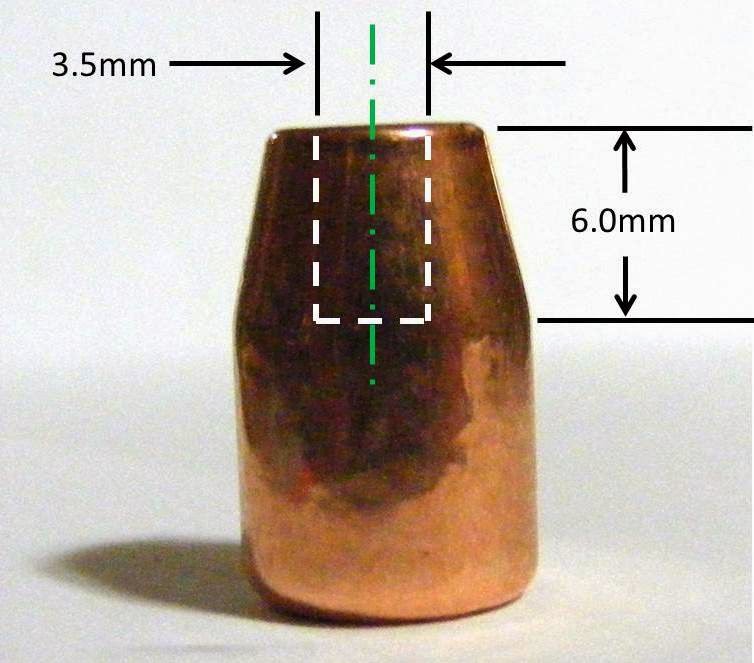 Source: eatonrapidsjoe.blogspot.com
Source: eatonrapidsjoe.blogspot.com
Smaller game just doesn’t provide the. This allows them to hit a practice target cleaner and more accurately. For guns, “caliber” means the diameter of the barrel and thus the diameter of the bullet that is going through it. Fmj bullets have a soft core covered by a hard exterior shell. Also for terminology’s sake, “bullet” just.
 Source: xdtalk.com
Source: xdtalk.com
Bigger bullets are harder to open. The only difference is in the amount of gun powder that they use. As in most things… it depends. The difference between these bullets is the firepower in the cartridge. This is a term used by remington to refer to their full metal jacketed bullets.
 Source: dummybullet.com
This minimal opening is designed to maintain a minimal meplat. Aside from caliber, there is also other ways that bullets differ from each other. The difference between these bullets is the firepower in the cartridge. Hollow point bullets have pits at their front end that cause them to tear apart upon impact. Both actions create a wider wound channel.
 Source: gunsamerica.com
Source: gunsamerica.com
Bigger bullets are harder to open. This bullet is the same size as what they use in the.380 and the.38 special. On the other hand, hollow point bullets have a pit. It is not designed for expansion. Hollow points are far more effective for defense because not only are they designed to expand upon impact, they also are designed to transfer almost all of their energy into the target as well.
 Source: thehubaz.com
Source: thehubaz.com
Chief among these is the lack of provision of any striations on the. Hollow point bullets have a concave center that is usually lined with lead or similar material. And without medical care (bullet wounds are. Hit someone in a “lethal spot” (heart, upper spine, head) it makes very little difference if the bullet expands or not. Hollow points are far more effective for defense because not only are they designed to expand upon impact, they also are designed to transfer almost all of their energy into the target as well.
 Source: firearmlicense.net
Source: firearmlicense.net
For guns, “caliber” means the diameter of the barrel and thus the diameter of the bullet that is going through it. Chief among these is the lack of provision of any striations on the. This bullet is the same size as what they use in the.380 and the.38 special. Hollow point bullets have a concave center that is usually lined with lead or similar material. For our concealed carry guns, you often hear the term:
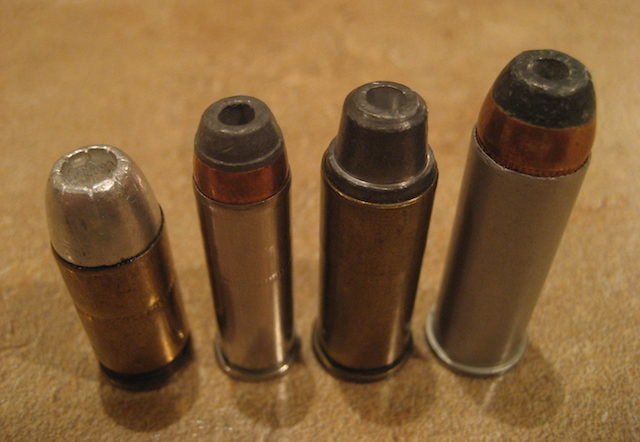 Source: toptenz.net
Source: toptenz.net
For guns, “caliber” means the diameter of the barrel and thus the diameter of the bullet that is going through it. This bullet is the same size as what they use in the.380 and the.38 special. The solid bullets split the can whereas the hollow points annihilate the cans. There are also soft point bullets which fill a gap between full metal jacket and hollow. This caliber weight varies between.
 Source: hollowpointammo.blogspot.com
Source: hollowpointammo.blogspot.com
When a hollow point strikes its target, the hollow causes the bullet to deform. A standard 9mm round weighs anywhere between 115 and 150 grains, which makes it quite powerful for. The solid bullets over penetrate and very little energy gets transferred to the target. The only difference is in the amount of gun powder that they use. Both actions create a wider wound channel.
This site is an open community for users to submit their favorite wallpapers on the internet, all images or pictures in this website are for personal wallpaper use only, it is stricly prohibited to use this wallpaper for commercial purposes, if you are the author and find this image is shared without your permission, please kindly raise a DMCA report to Us.
If you find this site good, please support us by sharing this posts to your own social media accounts like Facebook, Instagram and so on or you can also bookmark this blog page with the title how to tell difference in hallow point or regualr bullets by using Ctrl + D for devices a laptop with a Windows operating system or Command + D for laptops with an Apple operating system. If you use a smartphone, you can also use the drawer menu of the browser you are using. Whether it’s a Windows, Mac, iOS or Android operating system, you will still be able to bookmark this website.